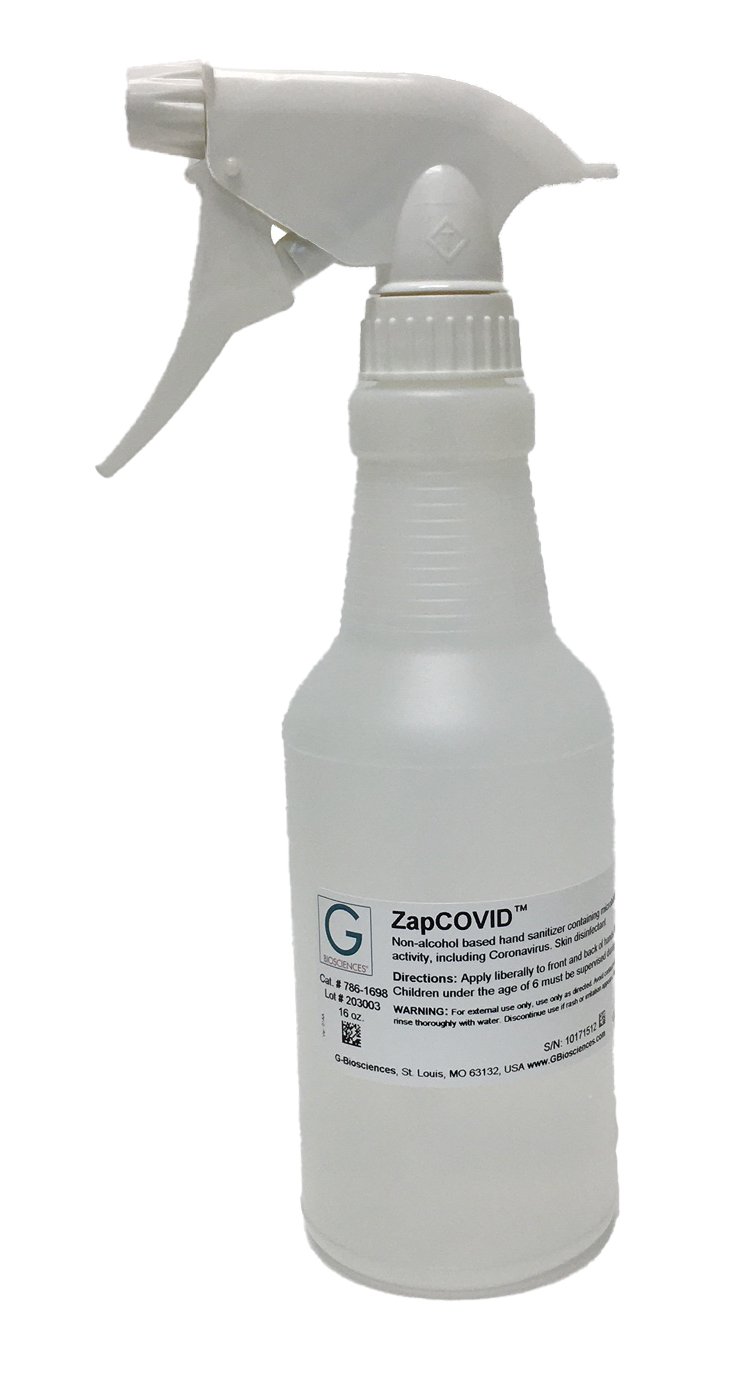With more than one million cases in 208 countries and territories around the world, the scientific and medical communities are on a race against time to find a viable prevention and treatment plan for the novel coronavirus (SARS-CoV-2) and its associated disease, COVID-19, which has already claimed tens of thousands of lives to date. This challenge has led them to focus on how the virus breaks into human cells.
How Does the Coronavirus Infect Target Cells?
Studies indicate that some coronaviruses such as SARS-CoV and SARS-CoV-2 (which cause SARS and COVID-19, respectively) enter the body by binding to a receptor cell located along the respiratory tract. In this case, the particular cellular entry receptor was identified as the angiotensin converting enzyme 2, or ACE2, an integral membrane protein that plays an important role in regulating cardiovascular and pulmonary functions.
ACE2, in itself, is hardly harmful. Basically, it is an enzyme attached to the cell membranes of cells in the lungs, heart, arteries, kidneys, and intestine. It is also expressed in the gastrointestinal tract and in the Leydig cells in the testes.
ACE2 is physiologically responsible for regulating the renin-angiotensin system (RAS). It works by reducing the amount of angiotensin-II (a peptide that causes the walls of the blood vessel to contract) and converting it to angiotensin 1-7 (Ang 1-7), a vasodilator. By opposing the actions of Ang II, the enzyme plays a significant role in regulating several diseases such as diabetes, hypertension, and cardiovascular diseases.
How exactly does the virus enter the cell and cause infection?
To understand how the coronavirus gains entry into the target cell, it may be helpful to take a look at its structure. The coronavirus is composed of four major structural proteins, namely the spike (S) protein (which is primarily responsible for getting the CoV into the target cell), nucleocapsid (N) protein, membrane (M) protein, and envelop (E) protein.
The S protein is composed of three segments - a short intracellular tail, a single-pass transmembrane anchor, and a large ectodomain which consists of a receptor-binding subunit (S1) and a membrane-fusion subunit (S2).
Upon viral entry, the S1 attaches to a receptor (ACE2) on the surface of the target cell while the S2 fuses the viral membranes with the membranes of the target cells to facilitate the entry of the viral genomes into the host. From there, the virus commandeers the target cell’s machinery to replicate itself and infect neighboring cells. However, it is interesting to note that the S protein needs to be cleaved by the serine protease TMPRSS2 at two sites (S protein priming) before the membranes can fuse.
Further examination of the S protein’s receptor binding motif (RBM) revealed that the SARS-CoV-2 strain specifically recognizes its host receptor ACE2 and produces the same amino acid residues (specifically Gln 493 and Asn 501) as that of the SARS-CoV. This only proves that the virus provides favorable interaction with human ACE2 and is capable of human-to-human and cross-species transmission.
Previous studies also indicated that ACE2 is a functional receptor for the SARS coronavirus, and since the external subdomains of the SARS-CoV and SARS-CoV-2 are very much similar (they shared 79.5% sequence identity), their mode of entry must likewise be the same.
Moreover, studies also revealed that the receptor binding and membrane fusion steps are the most critical steps in the CoV infection cycle since they determine the success and severity of the infection.
With ACE2 figuring in prominently in the entry, infection, and transmission of the disease, wouldn’t decreasing the level of ACE2 in the target cells lower the risk of infection? Medical experts say this may be counterproductive since reduced levels of ACE2 in cells may contribute to the development of hypertension and cardiovascular disease, lung injury, diabetes, and cognitive decline.
However, not all hope is lost. Experts are investigating several possible treatment avenues for COVID-19 and other similar diseases caused by coronaviruses. This includes using anti-ACE2 antibodies to block the virus from binding to the receptor, using TMPRSS2 inhibitors to prevent the entry of the virus into target cells, and using sera from recovered SARS patients to prevent or treat COVID-19 infections.
For more information on G-Biosciences response to the COVID-19 pandemic visit:
https://www.gbiosciences.com/COVID-19
https://info2.gbiosciences.com/en/covid19






